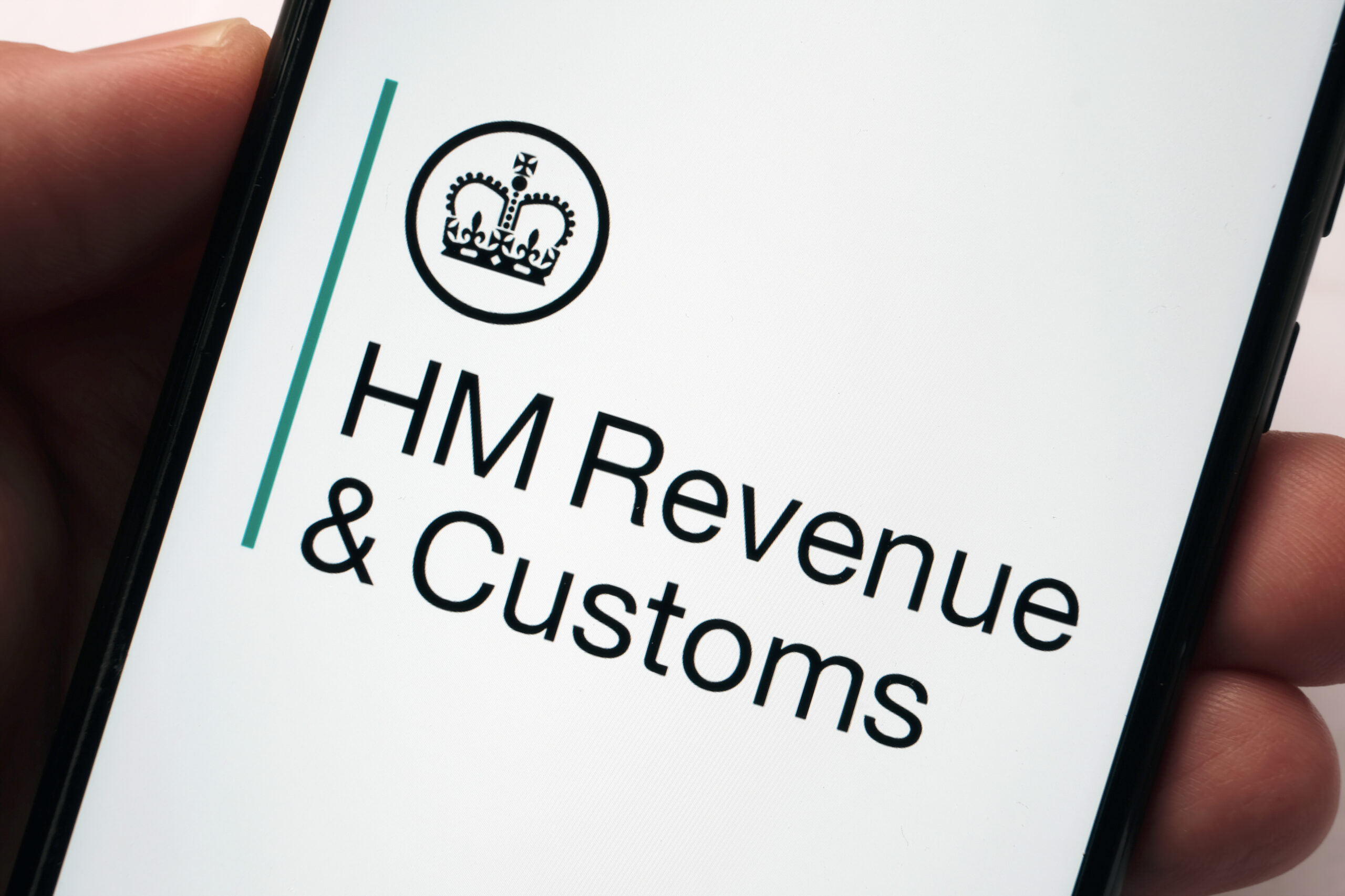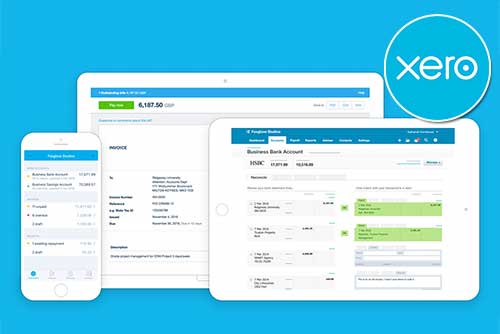Understanding Return on Investment (ROI)
In the finance and business sector, few metrics carry as much weight as Return on Investment (ROI). Whether you’re a seasoned investor, a small business owner, or a corporate executive, understanding ROI is crucial for evaluating the profitability and efficiency of your ventures.
In this article, we’ll explore ROI’s definition, significance, and calculation methods.
What is Return on Investment (ROI)?
Return on Investment (ROI) is a performance measure used to evaluate the efficiency or profitability of an investment or to compare the efficiency of several different investments. It’s a simple yet powerful metric that helps investors and business owners understand what they are getting back relative to what they’ve put in. ROI is expressed as a percentage and is calculated by dividing the net profit (or loss) of an investment by its initial cost or capital outlay.
How to Calculate Return on Investment
The ROI formula is a simple yet powerful tool for understanding the profitability of an investment. It’s a straightforward calculation that involves dividing the net profit from an investment by its cost and then multiplying the result by 100 to get a percentage. This percentage, known as the ROI, is a clear indicator of the efficiency of an investment.
The basic formula for ROI is:
ROI = (Net Profit / Investment Cost) x 100
Here’s a breakdown of the formula components:
- Net Profit: This is the gain from the investment, minus the cost of the investment. To calculate net profit, you subtract the initial value of the investment from its final value, taking into account any additional earnings or costs incurred as part of the investment.
- Investment Cost: This is the total amount initially spent on the investment.
To put this into context, if you invest £1,000 in a project, and after a year, your investment is worth £1,200, you would calculate ROI as follows:
- Net Profit: £1,200 (final value) – £1,000 (initial value) = £200
- Investment Cost: £1,000
ROI: (£200 / £1000) x 100 = 20%
Advantages of using ROI
ROI, or Return on Investment, offers several advantages:
- Performance Measurement: ROI provides a clear metric for evaluating the efficiency and profitability of an investment. It helps businesses assess whether the returns generated are worth the resources invested.
- Comparison: It allows for the comparison of different investment opportunities. By calculating ROI for various projects or initiatives, businesses can prioritise investments based on their potential returns.
- Decision Making: ROI assists in decision-making processes by providing quantitative data. It helps stakeholders make informed choices about where to allocate resources and which projects to pursue.
- Resource Allocation: By understanding the ROI of different investments, businesses can allocate resources more effectively. They can invest in projects with higher ROI to maximise profitability and minimise waste.
Disadvantages of using ROI
- Oversimplification: ROI can oversimplify complex investment decisions by boiling them down to a single percentage figure. This may ignore qualitative factors such as brand reputation, employee satisfaction, or market positioning, which could have long-term impacts.
- Time Horizon Issue: ROI typically does not account for the time value of money. An investment with a quick return may appear more attractive than one that provides higher returns over a longer period. This can lead to short-termism in decision-making.
- Lack of Risk Assessment: While ROI can indicate the potential return on an investment, it doesn’t inherently factor in the risk level. Two projects with the same ROI could have vastly different risk profiles, misleading decision-makers if risk is not separately assessed.
Interpreting ROI Results
The percentage figure you get from the ROI formula is a powerful tool. It allows you to compare the efficiency of different investments, regardless of their asset class or currency. For instance, if you have an ROI of 10% from company XYZ and an ROI of 15% from another investment, you can easily see that the latter is yielding a higher return.
However, it’s important to remember that ROI is not a definitive measure of an investment’s success. It doesn’t account for risk or time horizon, and it requires an accurate measure of all costs – this is where Annualised ROI comes in.
Annualised ROI
Annualised Return on Investment (Annualised ROI) is an extension of the basic Return on Investment metric that takes into account the time factor, providing a more accurate picture of an investment’s performance over time. This adjustment makes it easier to compare the returns of investments over different periods, which is particularly useful for evaluating investments that have different durations.
For example, comparing the return on a two-year investment with that of a five-year investment directly using basic ROI could be misleading because it doesn’t account for the time value of money or how returns compound over time. Annualised ROI standardised the performance measurement, enabling a fair comparison.
Formula for Annualised ROI
The formula for calculating Annualised ROI incorporates the total return of the investment, the initial investment amount, and the time period over which the investment is held. It is expressed as:
Annualised ROI = (1+Net Profit / Investment Cost) 1 / n — 1
Where:
- Net Profit is the total return from the investment minus the original cost of the investment
- Investment Cost is the initial amount invested
- n is the number of years the investment is held
What is a Good ROI?
Determining what constitutes a “good” Return on Investment (ROI) depends significantly on several factors, including the industry, the nature of the investment, the market conditions, and the investor’s risk tolerance and investment goals. ROI is a relative measure, and its attractiveness can vary widely across different contexts. However, some general guidelines can help frame what might be considered a good ROI:
1. General Benchmarks
While there’s no one-size-fits-all answer, a common benchmark is the stock market’s historical average annual return, which has been around 7% to 10% after adjusting for inflation. Investors might use this range as a rough baseline for a “good” ROI, adjusting expectations based on the specifics of their investment scenario.
2. Benchmark Against Industry Averages
A good starting point is to compare the ROI of an investment against industry averages. Different sectors have varying average ROIs due to inherent risk levels, capital requirements, and profit potentials. For instance, the technology sector might offer higher average ROIs compared to the retail sector, reflecting higher risks or innovation premiums.
3. Consider the Risk
Higher returns usually come with higher risks. A good ROI, therefore, should be evaluated in light of the risk undertaken to achieve it. Safe investments like government bonds will have a lower ROI compared to riskier investments like stocks or real estate.
4. Adjust for Inflation
A good ROI should also be adjusted for inflation to represent the real rate of return. An investment might have a nominal ROI that seems attractive, but if it barely outpaces inflation, the real ROI might not be as compelling.
5. Time Frame
The investment period is crucial in determining what constitutes a good ROI. Short-term investments might require higher ROIs to be considered successful due to the limited time frame to generate returns. Conversely, long-term investments might be seen as successful with relatively lower annualised ROIs, benefiting from compounding over time.
6. Personal Goals and Financial Objectives
Ultimately, a good ROI is also subjective and depends on an investor’s personal financial goals and objectives. For some, a 5% annual return might be sufficient if the primary goal is the preservation of capital with minimal risk. For others, such a return might be unsatisfactory if the goal is aggressive growth.
Conclusion
At Mazuma Money, we understand the importance of maintaining financial clarity and compliance in your business operations. We’ll support you in accurately documenting the money your business makes, making sure you’re legally compliant with current HMRC and Companies House rules.





















